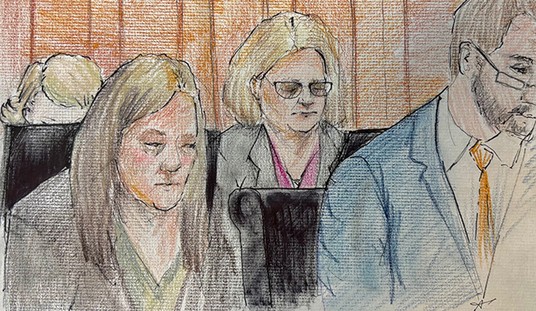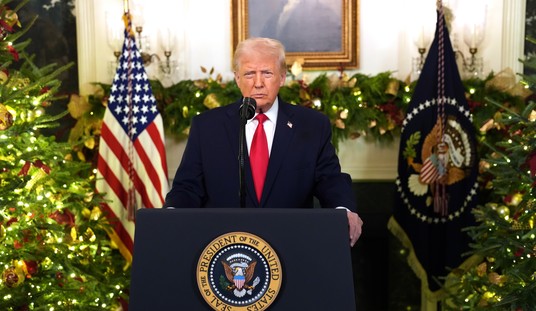There was a couple of hearings yesterday on Capitol Hill. One was on High Frequency Trading and how it’s defined. Joe Saluzzi is on the panel that is making the definition up. As my long time trader friends have told me, they know something in the marketplace is wrong, but no one with any sort of power is doing anything about it.
Case in point, yesterday in the Lean Hogs ($HE_F), we had a split second flash crash. If you were on Stocktwits, I tweeted it at 12:57 ET. The mini crash happened around 12:53. The July contract broke from 95.30 to 94.57 in a blink and back up again to 95.17. That’s not good for markets and it is an open question how electronic trading should interface with small agricultural markets. Certainly there is a major role that should be played, but we need some Walt Disney Imagineering. The way it works today will slowly strangle the market.
These sorts of things happen every day. One of the reasons why on the cash equity side of the business is decimalization. Because stocks are trading in pennies, there are plenty of opportunities for middlemen to front run the public and pick up a few cents on every trade. All of this is legal because the SEC allows it through internalization, dark pools, and payment for order flow.
Regulators are worried that customers won’t understand the change. They are worried already fragile confidence in markets will be shattered. The reason the general public doesn’t trust the marketplace is because they know its stacked against them.
For those that don’t understand why a nickle spread is better than a penny spread, here is a primer.
Recommended
Since the market has gone from trading in eighths, or .125, to pennies, those of us that trade it every day have found that there isn’t as much volume traded on each price. This means that markets are thinner. As the market has transitioned from a human interaction marketplace to an electronic market place, the amount of “size” or volume on each bid and offer is less.
Years ago, I recall talking to my friend about the options market at the Eurex. It was totally electronic and we were looking at an at the money straddle in the Bund options. The volume on the bid/ask that was showing on the machine was 2000 per side. But Roger told me if you wanted to do a number, say 20,000, you could get them done. You just had to know who to call and then get the trade in.
In US markets we have seen similar phenomena. At any particular time and point in the day, a stock will have a narrow bid/ask spread. Citibank ($C) might be $28.36 bid at $28.38 offer. But instead of having thousands of shares available for purchase or sale, everyone in the market holds back.
In addition, the marketplace is poorly designed. Instead of all orders hitting the market, they are held back and traded against internally on a prop desk. Orders are sold by discount brokers to hedge funds and those funds trade against them. Banks run dark pools, ship customer orders there and arbitrage against them. The result is that the actual stock exchanges are doing less volume. The “real” market for the stock is off exchange in an exclusive club that the general public can’t access.
Changing to nickles would slow the market down a bit. It would allow greater size to congregate around the bid/ask. Arbitrage opportunities would still exist between exchange listed stocks and options markets. Changing to nickles would start to build back the trust in public markets that American citizens need to have confidence in our capitalistic system.
Then, we should change the rest of it to make the playing field competitive, and flat. Instead of building in regulatory structures that allow a tiered system built on favoritism.


